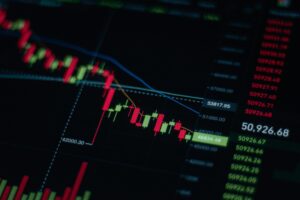Brazil's wood products exports increased in both volume and price: March year-on-year growth of 18%
according toITTO(ITTO) latest data,Brazil's exports of wood products (excluding pulp and paper) increased by 18.01% year-on-year in March 2025, from $286.7 million in March 2024 to $339.4 million.
Category performance
- Pine sawn timber: Export value soared by 45.0% (43.4 million → 63.4 million US dollars), and export volume increased by 40% (188,400 → 263,100 cubic meters)
- Tropical sawn timber: Export volume increased by 44% (16,500 → 23,700 cubic meters), and export value increased by 25% (7.6 million → 9.5 million US dollars)
- Pine plywood: Export value increased by 35% (68.9 million → 93 million US dollars), export volume increased by 43% (208,800 → 298,700 cubic meters)
- Tropical Plywood:Export volume increased by 42% (1900→2700 cubic meters), export value increased by 25% (1.2 million→1.5 million US dollars)
- Wooden furniture: Export value increased by 20% (45.5 million → 54.4 million US dollars)
LumberFlow Expert Interpretation
Key impacts on Chinese importers:
- Pine wood product window period:The export volume and price of Brazilian pine lumber/plywood both increased, reflecting the demand for restocking after the Spring Festival in China.June shipping quotation, the current Brazil-China shipping cost is 12% lower than the North Europe route (data source: Clarksons)
- Tropical wood substitution opportunities: Under the background of tight supply in Southeast Asia, Brazil's tropical sawn timber exports increased by 44% but the unit price dropped by 13.6%. Chinese furniture factories can take this opportunity to negotiateFOB Discount Terms





